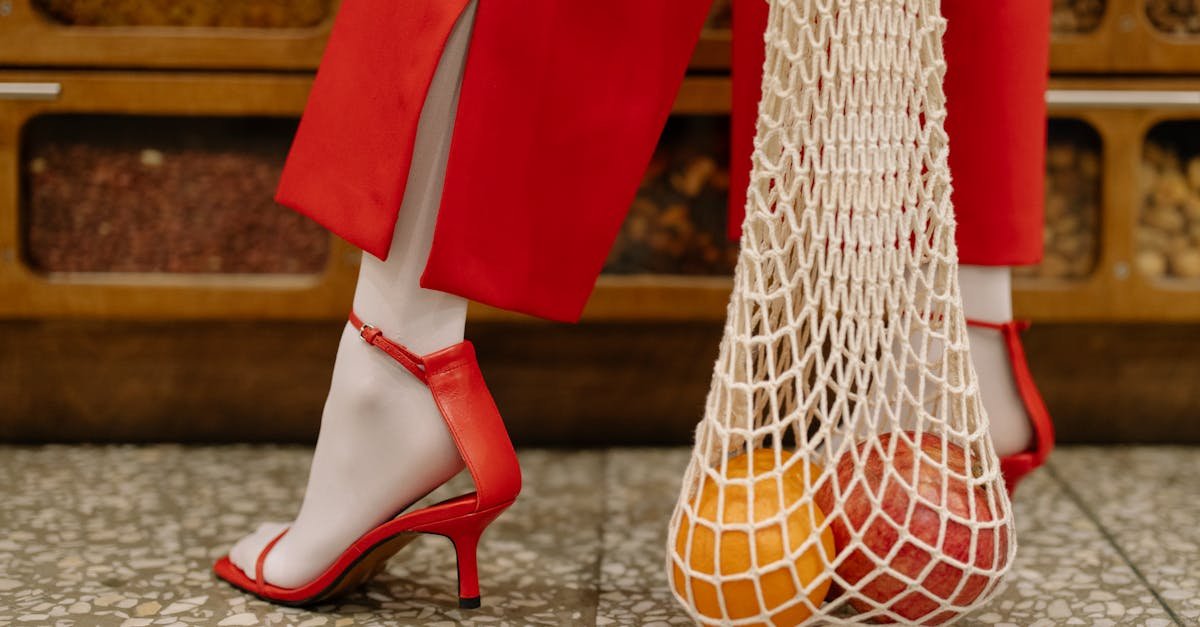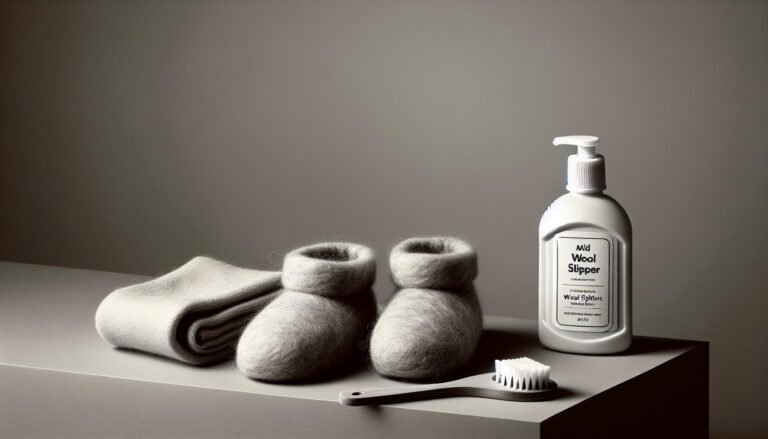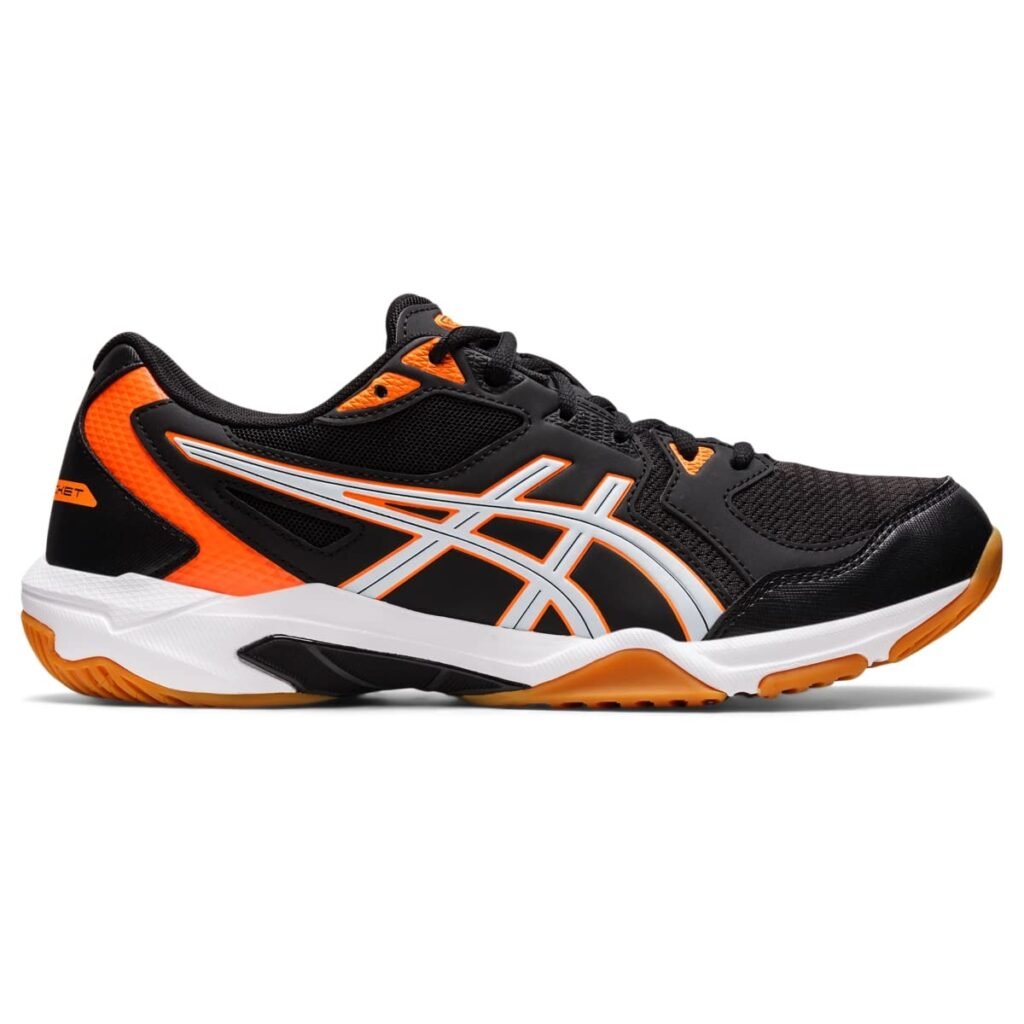Ultimate Guide: How Should Heel Sandals Fit Like a Glove?
Heel sandals should fit snugly and securely to ensure comfort and stability. The sandal’s sole should comfortably fit your entire foot without any overhang at the toes or heel. The straps should hold your foot in place without digging in or causing discomfort. For the best fit, consider sizing up or down depending on the style and your foot shape. If you have wider feet, opt for open-toe heel sandals with a roomier toe box. Ensure there is a small space at the back and front of the sandal for a comfortable fit. With the right size and style, heel sandals will fit like a glove, providing both support and style.
Key Takeaways
- Proper sizing is crucial for comfort and style when wearing heel sandals.
- Key aspects of a good fit include adequate toe spacing and a snug heel strap for stability.
- Different types of heel sandals, such as stilettos, wedges, and block heels, have unique fit considerations.
- Measuring your foot accurately using tools like a ruler or tape measure is essential for selecting the right size.
- Understanding your foot shape, arch type, and width is important for accommodating various fitting needs.
- Common fitting problems like slippage and blisters can be addressed through solutions such as adjustable straps and cushioned insoles.
Understanding Heel Sandal Fit
Ensuring the right fit for your heel sandals is crucial for both comfort and style. Ill-fitting sandals can lead to discomfort, pain, and even potential foot issues. To avoid these problems, it’s essential to pay attention to sizing when selecting your heel sandals. Proper sizing not only enhances comfort but also contributes to your overall look and confidence when wearing them.
Key Aspects of a Good Fit
When checking the fit of your heel sandals, focus on key aspects such as toe spacing and heel strap snugness. Adequate toe spacing allows for natural movement and prevents your toes from feeling cramped or squeezed together. Additionally, ensuring that the heel strap is snug but not too tight helps provide stability and prevents blisters or discomfort from rubbing. By paying attention to these crucial elements, you can ensure that your heel sandals fit well and keep you feeling fabulous throughout the day.
Types of Heel Sandals
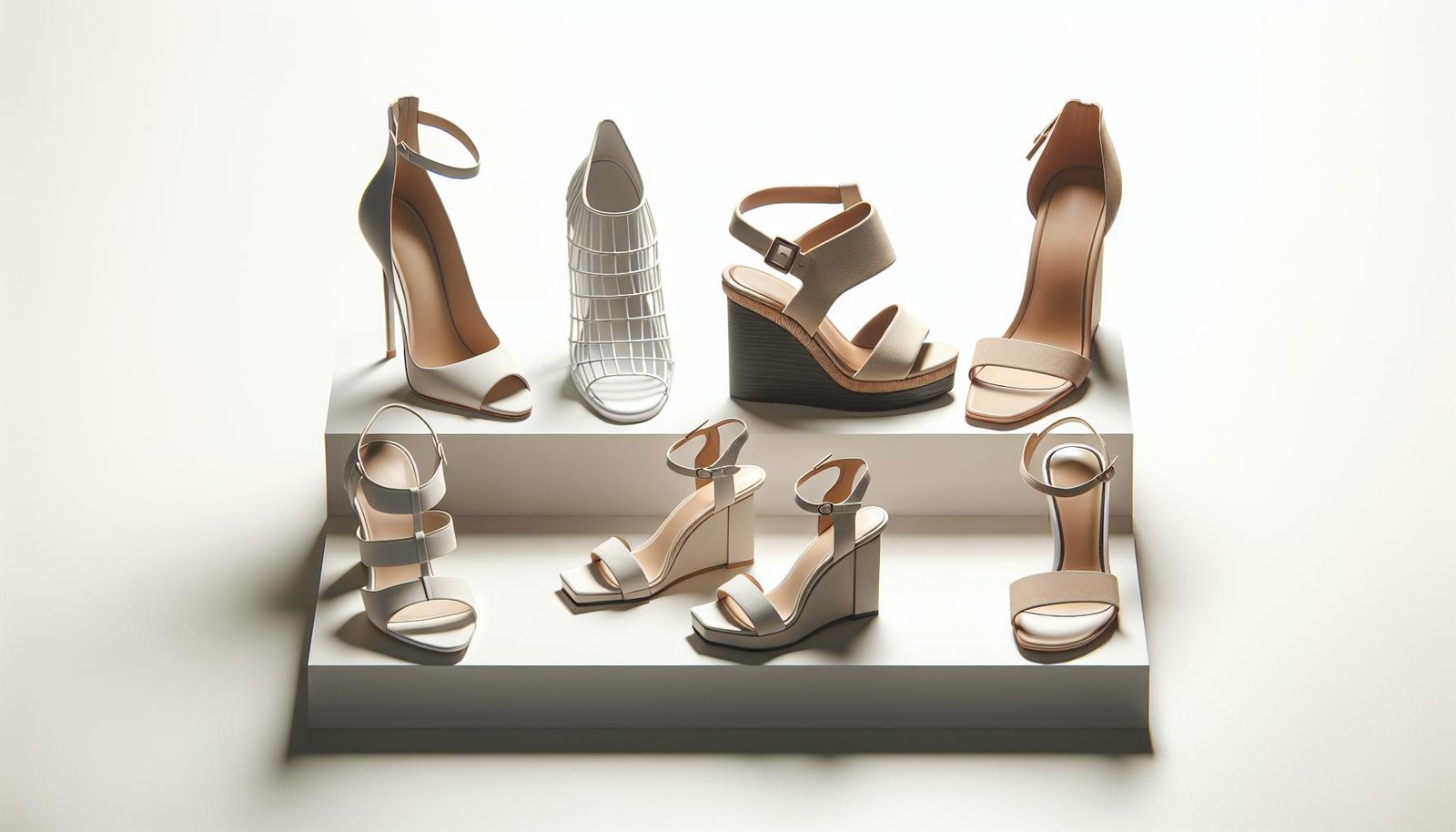
Stilettos and Their Unique Fit Considerations
When it comes to stilettos, a proper fit is paramount for both comfort and style. The slim, high heel design of stilettos requires careful attention to ensure stability while walking. It’s essential to look for heel sandals that offer adequate arch support to reduce strain on the feet and lower back. Additionally, a snug heel strap is crucial to prevent slipping and blisters, keeping your feet comfortable and secure throughout the day.
Wedges and Fit Comfort
Wedges are a popular choice for those seeking both style and comfort. The wide base of wedges provides more even weight distribution compared to stilettos, offering greater stability. When selecting wedge heel sandals, ensure that there is ample cushioning for support and shock absorption. A well-fitted pair of wedge sandals should allow for natural movement of the toes without feeling cramped, enhancing overall comfort without compromising on style.
Block Heels and Stability
Block heels are known for their stability and all-day wearability. These heel sandals feature a thicker, block-like heel that provides greater support and balance. When choosing block heel sandals, prioritize a secure ankle strap to keep your feet firmly in place, preventing any wobbling or discomfort. Opt for block heels with cushioned insoles for added comfort, allowing you to stay on your feet comfortably for extended periods while maintaining a chic and trendy look.
Measuring Your Foot for Heel Sandals

Tools and Techniques for Accurate Measurement
When measuring your foot for heel sandals, I rely on two essential tools: a ruler or tape measure and a piece of paper. To ensure accuracy, I place the paper on a flat surface and stand on it with my heel against a wall. Using the ruler or tape measure, I measure the distance from the back of my heel to the tip of my longest toe.
Next, I measure the width of my foot by determining the widest point—usually across the ball of the foot. This measurement is crucial for selecting heel sandals that provide ample support and comfort.
Interpreting Size Charts
Understanding size charts is vital when choosing the right fit for heel sandals. I take note of both my foot length and width measurements and compare them to the manufacturer’s size chart. It’s essential to follow the specific guidelines provided by the brand to ensure a proper fit.
For online purchases, I always check if the retailer offers size guides or recommendations based on customer feedback. This additional information can be valuable in selecting the correct size, especially when trying a new brand or style of heel sandals.
Adjusting to Your Foot Shape

Recognizing Your Arch Type
When selecting heel sandals, it’s crucial to recognize your arch type to ensure proper support. High arches need cushioning and support to prevent discomfort, while flat feet require sandals with arch support to maintain alignment. Understanding your arch type helps in choosing heel sandals that provide the necessary support for your feet.
Accommodating Wide or Narrow Feet
For those with wide or narrow feet, finding the right fit in heel sandals is essential. Opt for adjustable straps or buckles to accommodate different foot widths. Wide feet may require choosing wider sandal designs or opting for open-toe styles, while narrow feet benefit from straps for a secure fit. Ensuring the sandals fit comfortably across the width of your foot prevents discomfort and allows for a proper fit.
Importance of Toe Space
Having adequate toe space is vital when wearing heel sandals. Ensure that there is enough room in the toe box for natural toe movement to prevent rubbing and discomfort. Proper toe space also helps maintain balance and stability while walking in heels. Checking the toe space when trying on sandals ensures a comfortable fit that supports your foot health throughout the day.
Common Fitting Problems and Solutions
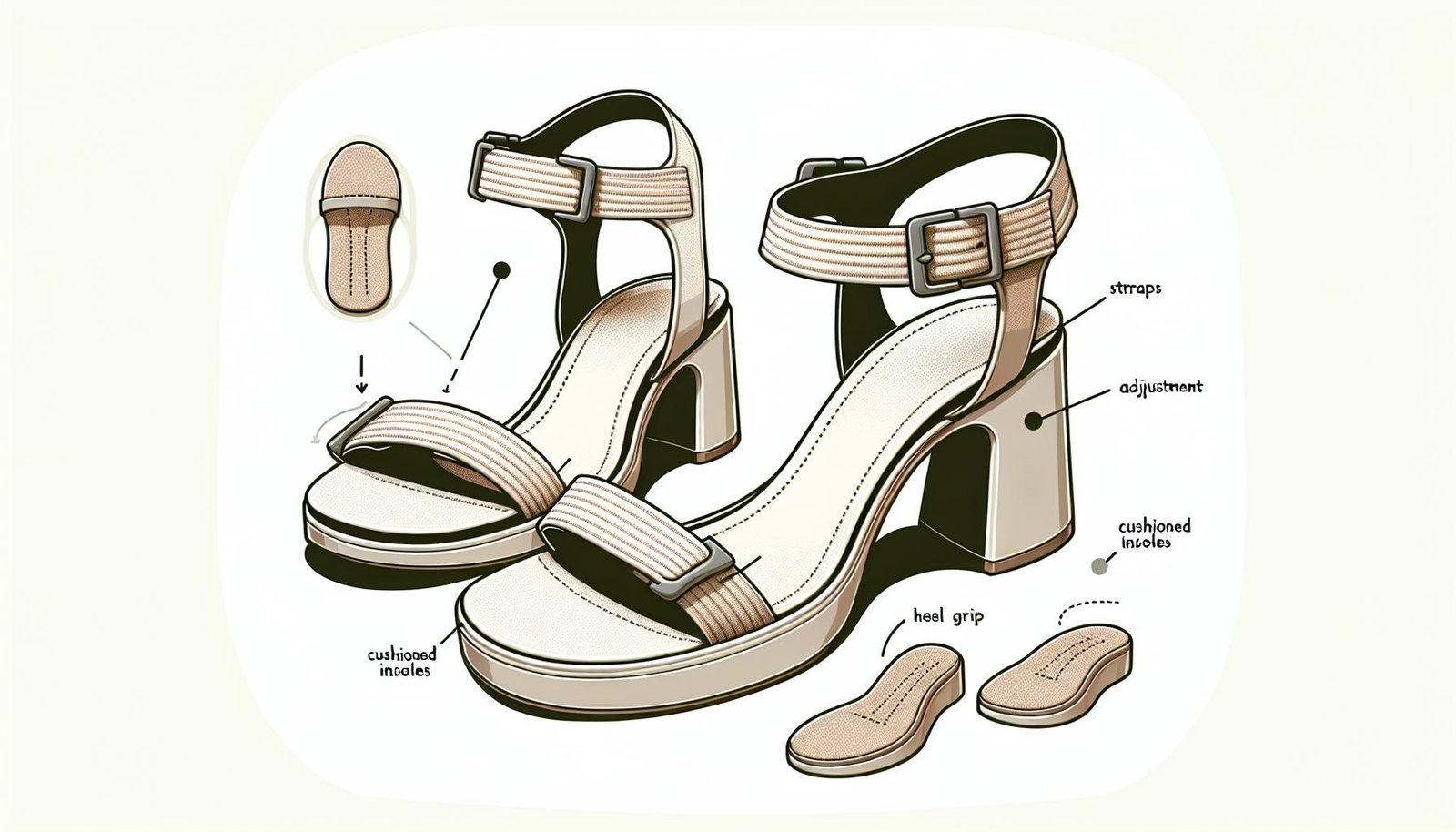
Dealing with Slippage
Slippage in heel sandals can be a common issue that compromises both comfort and stability. To address this, I recommend opting for sandals with adjustable straps or buckles that allow you to customize the fit according to your foot width. Ensuring a snug fit around the heel area can significantly reduce slippage, enhancing comfort and preventing potential injuries while walking. Additionally, considering heel grips or cushions can provide extra support and minimize slippage, especially for individuals with narrow heels. By implementing these solutions, you can enjoy a secure and comfortable fit in your heel sandals.
Preventing Blisters and Chafing
Blisters and chafing are painful consequences of ill-fitting heel sandals that can hinder your style and comfort. To prevent these issues, it is essential to prioritize proper sizing and materials when selecting sandals. Opt for sandals made from soft, breathable materials that reduce friction and minimize the risk of blisters. Moreover, choosing sandals with cushioned insoles can alleviate pressure points and reduce chafing, ensuring a comfortable wearing experience. Regularly applying barrier products like moleskin or bandages to potential blister areas can also prevent discomfort. By addressing these factors, you can avoid blisters and chafing, allowing you to confidently rock your heel sandals all day long.
When to Consider Insoles or Inserts
In some cases, discomfort in heel sandals may necessitate the use of insoles or inserts to enhance support and cushioning. If you experience arch pain or discomfort while wearing your sandals, investing in arch-supporting insoles can provide the relief you need. Similarly, cushioned inserts can alleviate pressure on the balls of your feet, reducing fatigue and enhancing overall comfort. When selecting insoles or inserts, ensure they fit properly in your sandals without causing additional tightness or slippage. By incorporating these additional support elements, you can customize the fit of your heel sandals to address specific comfort needs and enjoy a pain-free wearing experience.
Time of Day Matters
When trying on heel sandals, I’ve found that the time of day can play a crucial role in getting the perfect fit. In the morning, our feet tend to be less swollen compared to the evening. Therefore, it’s a good idea to try on heels in the evening when our feet are slightly larger. This ensures a comfortable fit throughout the day, especially if you’ll be wearing the sandals for an extended period.
Care and Maintenance Tips for Lasting Fit

Breaking In New Heel Sandals
When breaking in new heel sandals, I suggest wearing them for short periods initially to allow your feet to adjust gradually. It’s essential to focus on areas where discomfort or tightness is felt to avoid blisters or sore spots. By wearing them around the house for short intervals before long outings, you can ensure a more comfortable fit over time. Remember, the goal is to mold the sandals to your feet, not the other way around.
Storing Heels Properly to Maintain Shape
To maintain the shape and longevity of your heel sandals, proper storage is key. I recommend storing them in a cool, dry place away from direct sunlight to prevent the materials from deteriorating. When not in use, fill the shoes with tissue paper or shoe trees to help retain their shape and prevent creasing. Additionally, consider storing them in dust bags to protect against dust and scratches, ensuring they’re ready to wear whenever you need them. By following these storage tips, you can extend the life of your favorite heel sandals and preserve their fit for longer.
Finding the perfect fit in heel sandals is crucial for comfort and foot health. From ensuring proper arch support to avoiding common fitting issues, it’s essential to prioritize fit when selecting sandals. Remember to break in new sandals gradually to prevent discomfort and mold them to your feet for a personalized fit. Proper care and storage, such as using shoe trees and keeping sandals in a cool, dry place, can help maintain their shape and longevity. By following these tips, you can enjoy your heel sandals for longer, with both style and comfort in mind.

